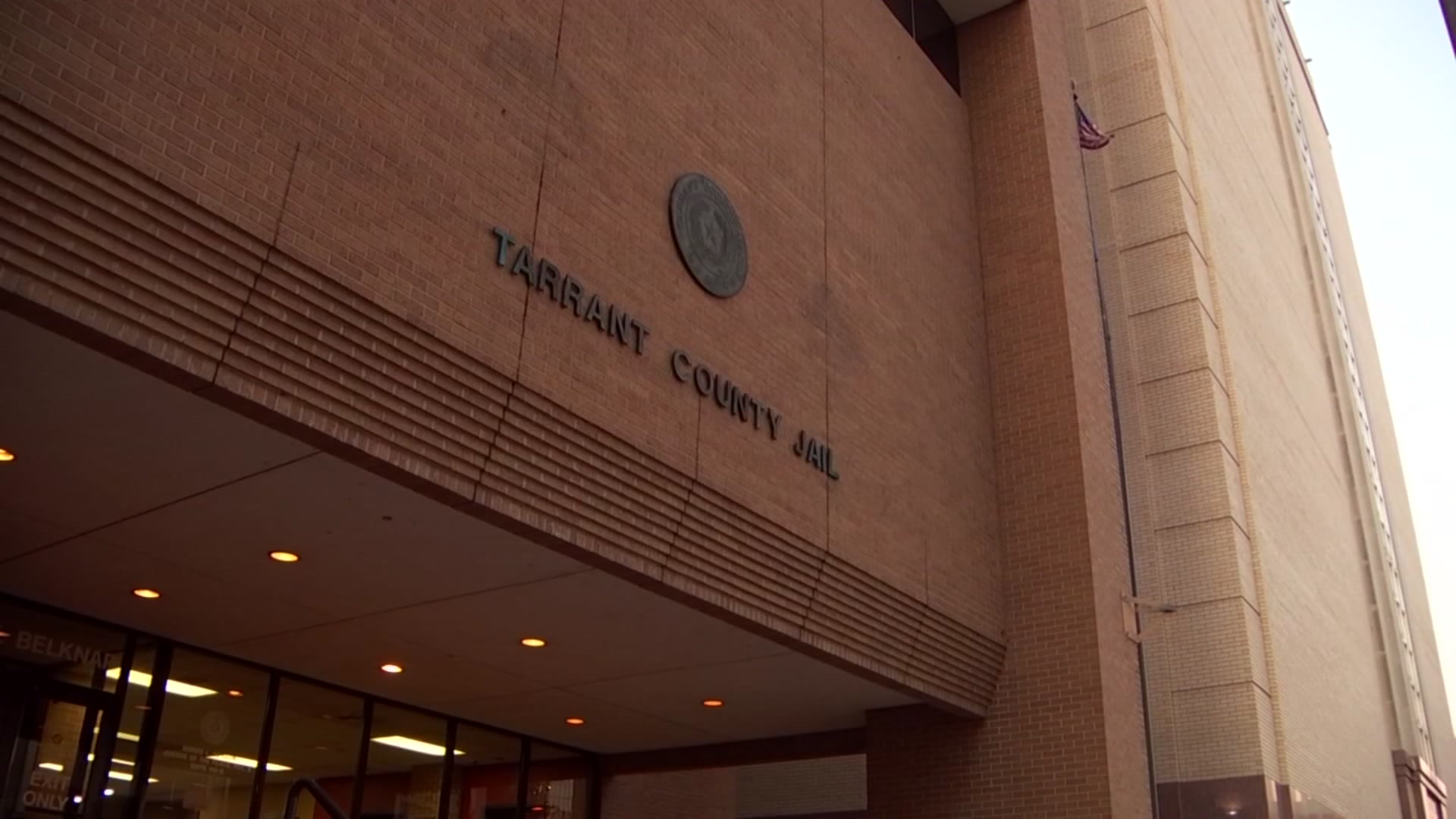If you've had surgery in Dallas, anesthesiologist Dr. Catalina Esperanza Garcia may have been by your side in the operating room.
"I like team sports. And this is a team effort," said Dr. Garcia about the surgery process. "There's no way to good patient care without a lot of people involved. And I like that very much."
Garcia's dream to become a doctor began in her birthplace of El Paso, where her parents settled after leaving Mexico.
"I wanted to be a doctor since I was 5 years old," she said. "We lived in a housing project, and the county clinic was close by, and the first doctor I knew was a woman."
"The respect my parents had for that doctor," Dr. Garcia continued. "I have never seen my father show such deference to a woman as he did that doctor. I was very impressed. He showed her more respect than even to the priest. I was fascinated."
Early on, she learned the benefits of becoming a good student. Growing up, she and her siblings would look at the large houses on the mountains surrounding El Paso.
"And we would always say, 'Oh, isn't that beautiful? Why can't we have one of those?' So my parents' answer was always, 'Education,'" Dr. Garcia said. "'If you get an education, you'll be able to get a house like that.' So it was always stressed that everything is possible if you get your education."
Local
The latest news from around North Texas.
After graduating from the University of Texas at El Paso, Garcia came to Dallas for medical school in the 1960s. But there were some lessons she wasn't prepared for.
"When I toured Parkland, the 'white' and 'colored' [racial segregation] signs were still up," said Dr. Garcia. "So that the waiting room was still divided into 'white' and 'colored.' And I had sort of an identity crisis – I do not consider myself white, and I do not consider myself black. I am a Latina, that's brown. So I didn't know what I was going to to do.
"I was very immature and not well-traveled or seasoned or anything. So I had to deal with, which is my water fountain, and which is my bathroom, and am I going to have to deal with this if I move here?"
Many classmates at UT-Southwestern were not welcoming.
"We were treated like outsiders," said Dr. Garcia. "Those of us who were not fitting the general mode of being Anglo and being from more east Texas."
"So many times I'd run into people who had misconceptions of Latinos. I realized what they had been telling me – that I was different. I wasn't different; they just hadn't met enough of us. I felt I was carrying a burden in a way."
Dr. Garcia said her professors, however, treated her fairly.
"That's what made me so at home at Southwestern," she said. "The professors never seemed to treat one student different from other. That was terrific."
Garcia was the only woman of four in her class to finish medical school. She was one of the first Hispanic women to graduate from UT Southwestern.
"My grandmother who never flown came [to her graduation], so we have a three generation picture of my grandmother, my mother and me," said Dr. Garcia.
A car crash nearly killed Dr. Garcia during medical school. She's had multiple surgeries. She calls her patients the night before surgery to reassure them and let them know the person who will be handling their anesthesia.
"I prefer not to read it off a chart," Dr. Garcia said. "What if somebody picked up the wrong chart? Or entered the wrong thing?
"I'm responsible for this patient. So I want very much to be able to guarantee that I know this patient, not just their size but their history."
Dr. Garcia's middle name of Esperanza means "hope" in Spanish. That's what Dallas has given her.
"What I try to do is educate people," Dr. Garcia said. "No matter what culture you're from, you have many of the same heartfelt feelings and needs and wishes and creations and dreams. We're all so much alike when you get past our outside."
In late October, the Hispanic 100, a network of Hispanic Women Leaders will honor Dr. Garcia with its 2013 Latina Living Legend Award.



